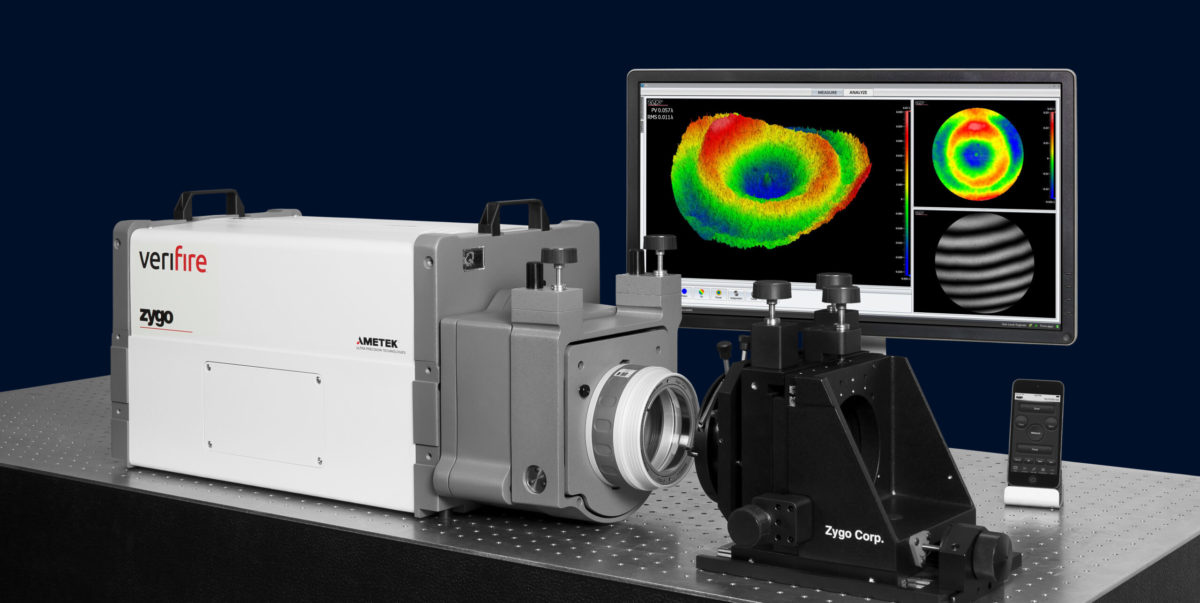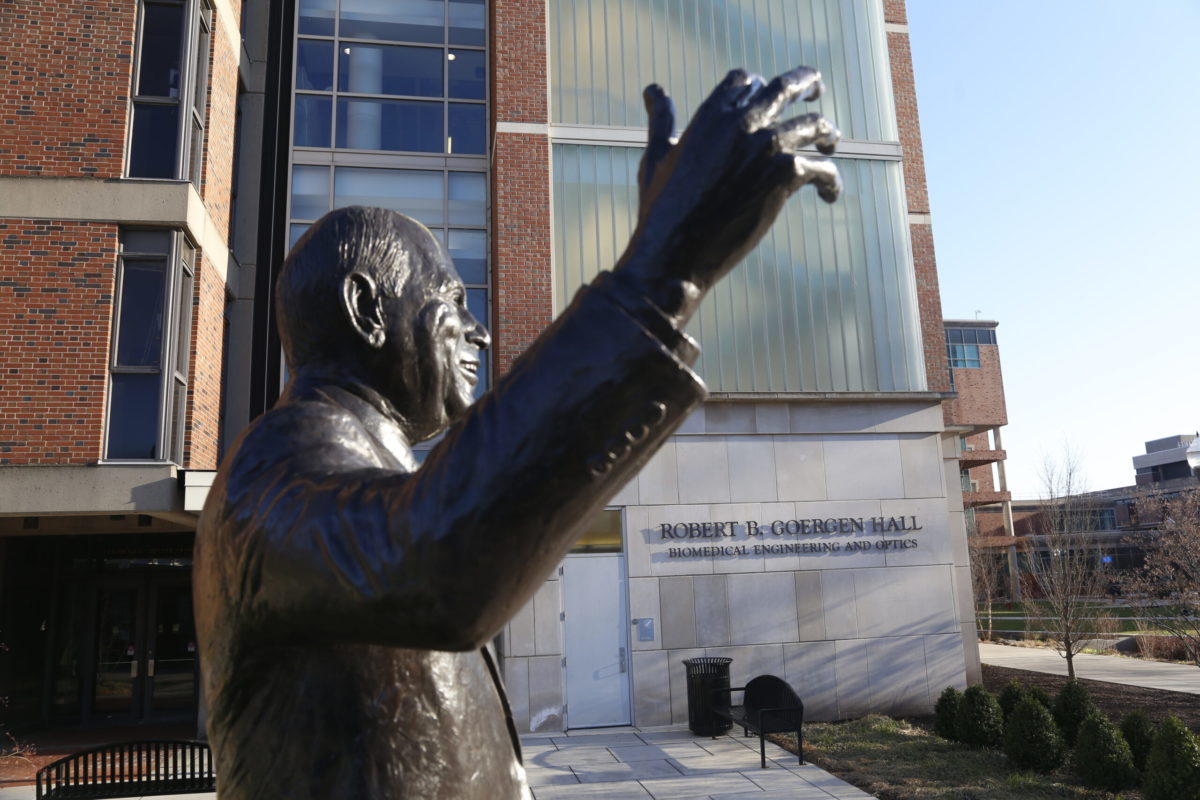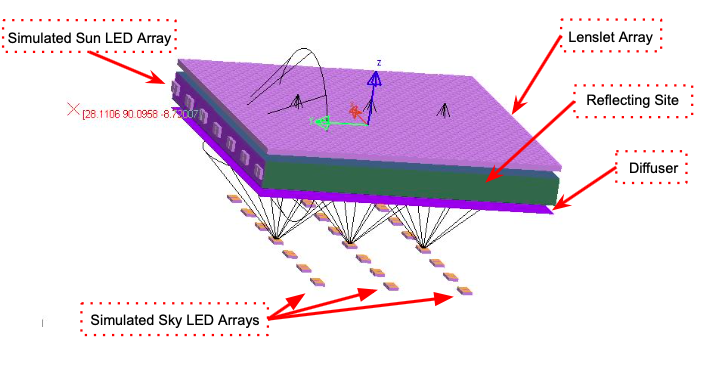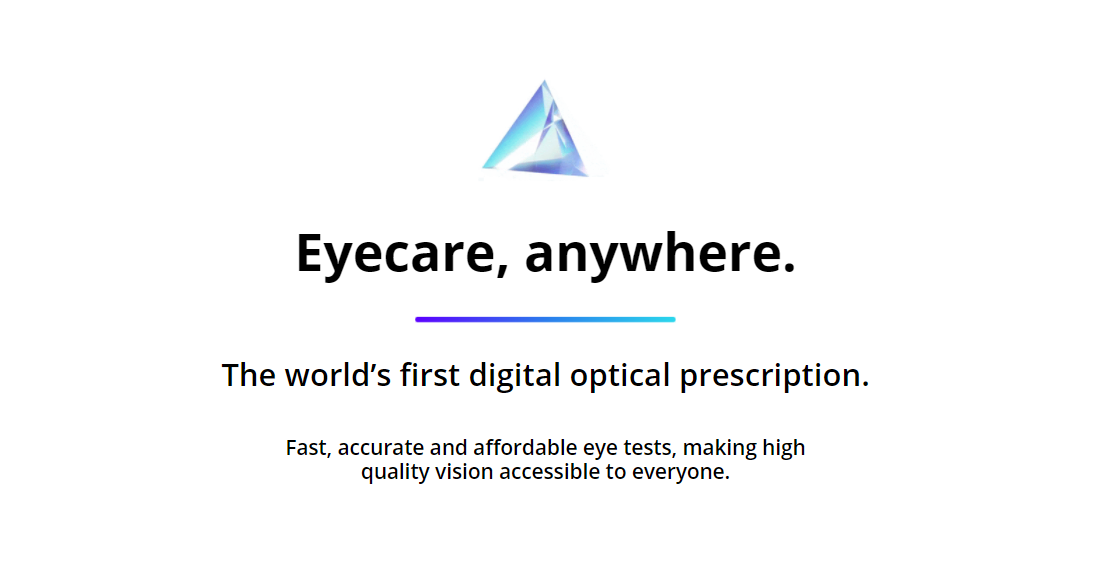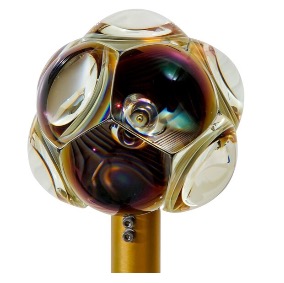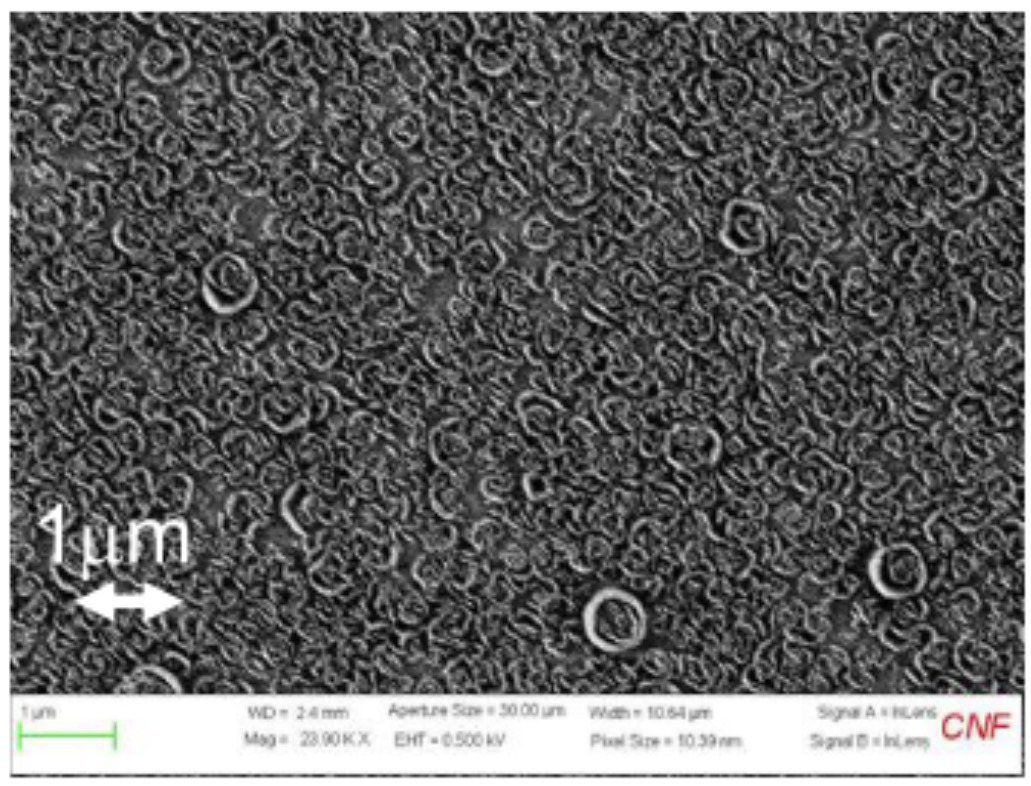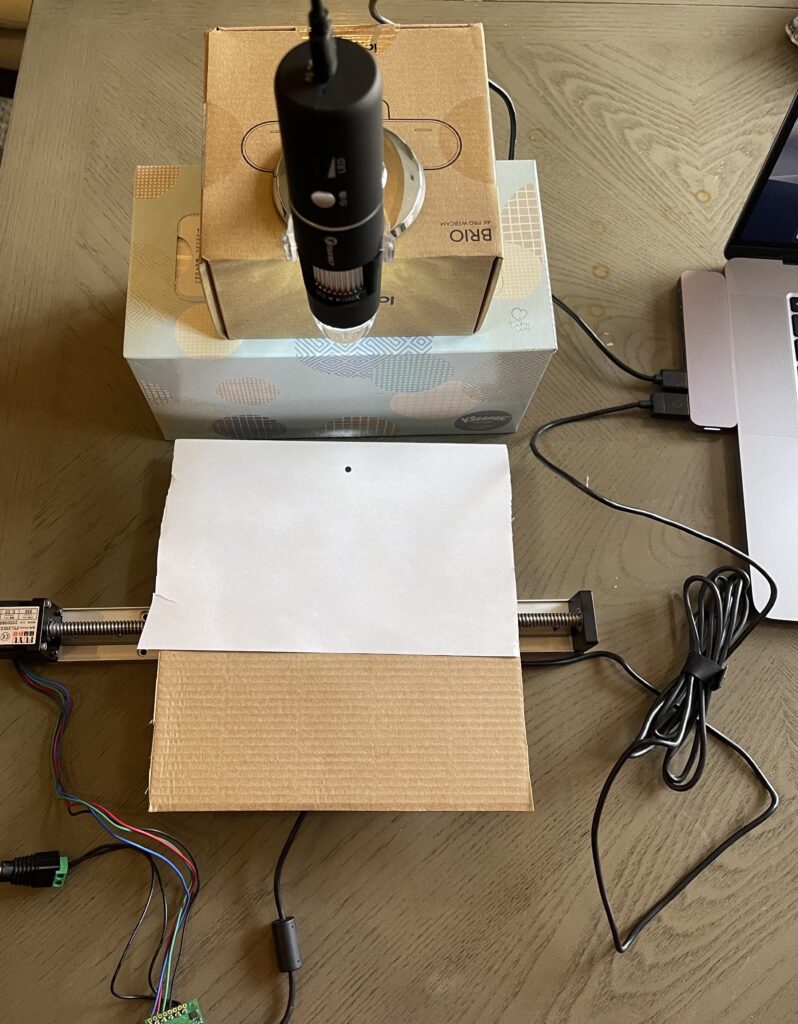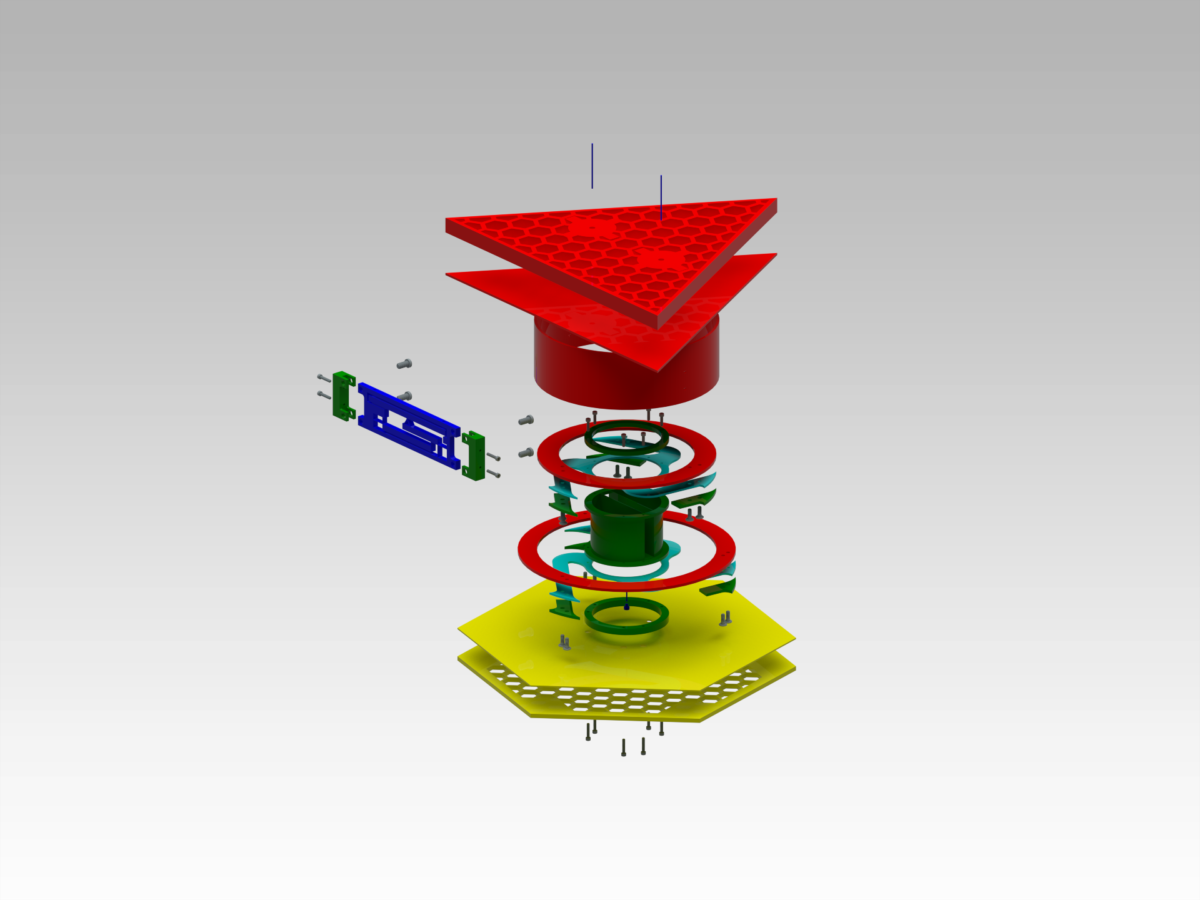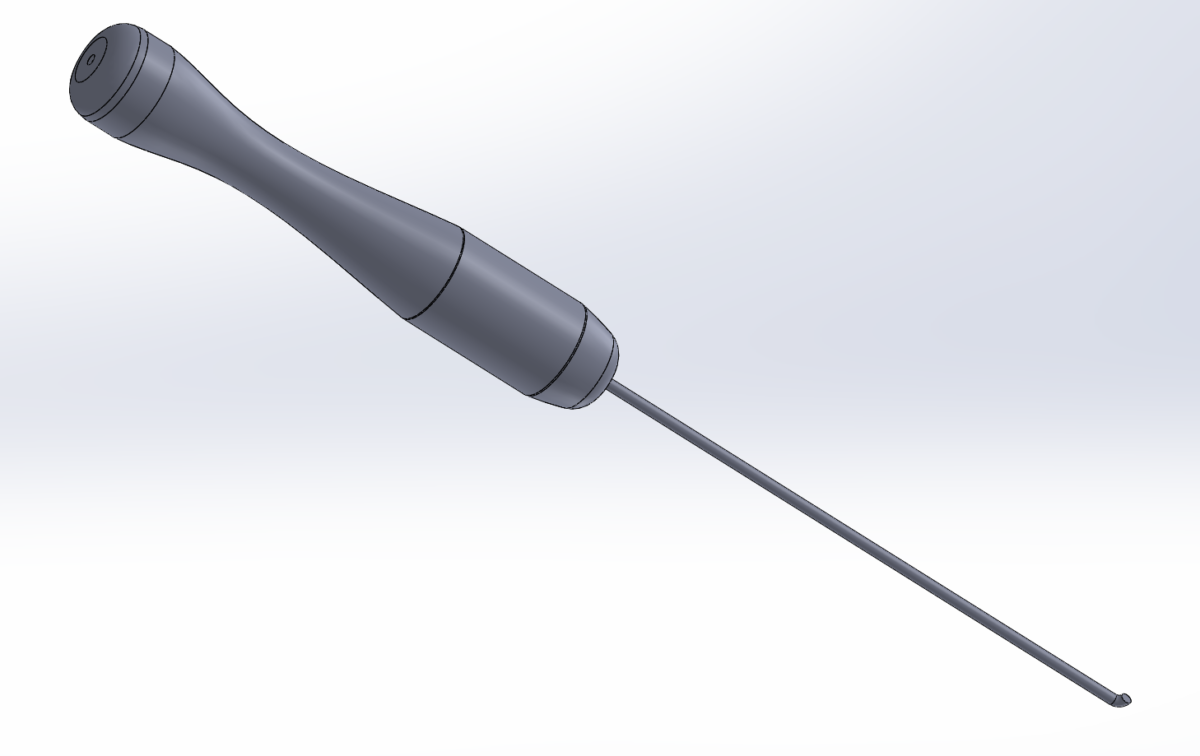Manufacturing Archive
L3Harris Space Secondary Mirror Positioning System
March 17, 2021
L3Harris Technologies is an American defense company that builds a variety of mechanical, optical, and electrical systems. The Rochester division designs and builds systems for space applications. Optical space telescopes are widely used in both Earth and astrophysical observations and play a major role in scientific and national security. For optical telescopes to function properly and take clear images, their optics must be precisely aligned to focus light. However, during the launch of the telescope, the relative positions of these optics can change. The goal of the project is to build a mechanism to finely adjust the position of these optics to enhance resolution and accuracy of the telescope images. This improved image quality has significant implications for both terrestrial and space observations with applications to scientific research and national security.


